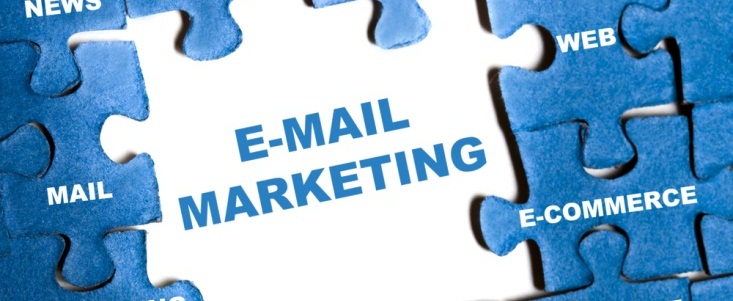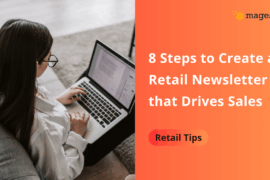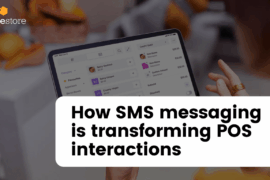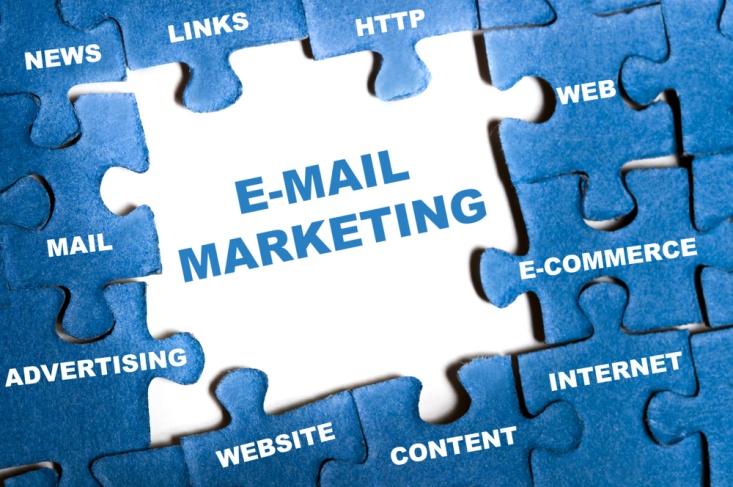
Almost all of the retailers (both online and brick-and-mortar ones) now consider implementing an email marketing program. But not all have full knowledge of its function and usage. Many just think it as a type of spam or a way to introduce products. In fact, email marketing can do more than that. Here, in this article I am about to help you clarify 4 reasons for using email marketing and how to use it in the right way.
Why should you use email marketing?
According to a report of DMA Interactive in 2012, 54% of small businesses surveyed rated e-mail as the top online promotion to drive site visitors and customers to their websites and storefronts. This shows us that email marketing presents such benefits over other online forms of marketing (SEO, PPC or social media).
Email marketing is fast and inexpensive
No matter how you define success, you can achieve outstanding results with email marketing while investing only a small amount of time and an even smaller amount of money.
With the popularity of internet all over the world just by a click you can reach a huge number of customers accurately. Moreover, email marketing generates an immediate response. The call to action is clear: “Click here to take advantage of this offer”, or “to learn more about this service”. Initial campaign response generally occurs within 48 hours of the time the email campaign is sent. “Orders pour in within 24 hours after I send my newsletters,” said Emitations.com CEO, Au-Co Mai.
Think a second about using direct mails or flyers, banners. How much do they cost? Expenses of production, costs of materials and postage fees, etc. In contrast, emails waste you nothing but the low cost of internet fee. Robin Parker, owner of Studio: Dance, Arts & More said, “Email marketing is much less expensive than sending out postcards or flyers. We save about $4,000 just in materials and postage.”
Besides, it may seem like a minor part of the big picture, but you’ll help save the planet by reducing the number of trees killed for print marketing pieces. We’re all trying to be more environment-friendly these days.
Email marketing is targeted
Will you send the same emails to all the addresses? Of course, the answer is No. For each group of customers and visitors the email content must be different so that it gets the target. With a database of email you can easily segment your lists using a variety of criteria or interest groups so that your promotions go to the individuals most likely to respond to your offer.
For example, if you sell flowers, you can find everybody in your database who ever bought daffodils and then send them an email in April when the first daffodil shipments come in. You’re then using your customer database to put the most relevant message in front of the customers who are most likely to respond to it, and that’s what good marketing is all about.
Email marketing is effective
Email marketing enables you to proactively communicate with your existing customers and prospects instead of passively waiting for them to return to your Website or storefront. It is a highly effective way to increase sales and drive site or store traffic.
As mentioned above, you can send the right content to target customers. This may encourage them to click the link embedded and go to your site or join your marketing campaign to share shopping experience and purchase. “In response to our first email marketing campaign, Watch Zone received 100 online,” said Shavi Mahtani, CEO of WatchZone.com, a leading site for fashion and sport watches at discount prices. “The average sale was about $150 per order. We were very happy with that result. Frankly, it exceeded our expectations.”
Next, with email marketing you can solidify existing relationships, initiate new ones, and convert your one-time visitors, buyers, and members into repeat business and long-term customers or contributors.
Well-executed permission-based email marketing campaigns can have a positive impact on consumers’ attitudes towards companies. Here are the figures released by constantcontact.com:
- 67 percent of U.S. consumers said they liked companies that, in their opinion, did a good job with permission-based email marketing.
- 58 percent of consumers said they opened those companies’ emails
- 53 percent said that such emails affected their personal buying decisions.
Email marketing is measurable
There may be no better marketing channel from which to draw precise and usable tracking information to help you figure out what’s successful and what’s not than email marketing.
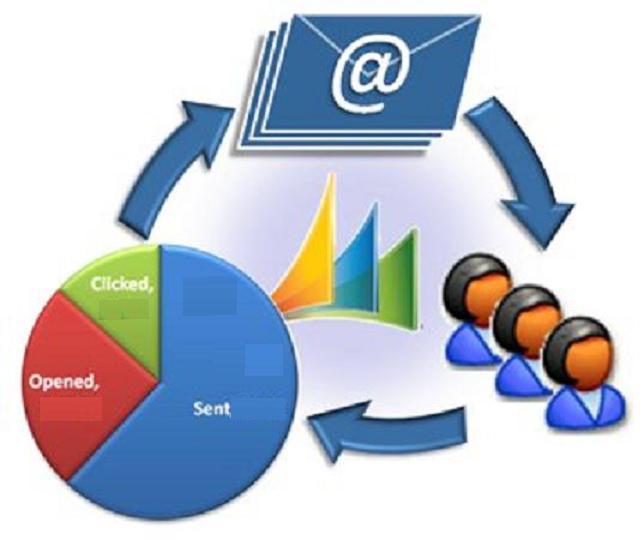
Well-developed email marketing platforms can provide tracking information on how many people opened an email, how many people clicked a link in an email, which specific link within the email was clicked, how many people complained that an email was spam or unsubscribed and, of course, whether your email even made it into your recipient’s inbox. Combine that with a business’s ability to track sales back to a source and you can identity customer engagement and response through an entire cycle with clear, easy-to-understand metrics.
With email marketing, it becomes incredibly easy to see what graphics, headlines, offers and even colors your users and customers will respond to. It’s incredibly simple to simply send one version of an email to one part of your list and a second version of an email to a different part of your email list. Then, through the very precise tracking tools that email marketing offers, you can figure out which marketing message worked better to convert sales or user actions.
What should you send in email marketing?
In the previous part, we agree that each segment should receive different email contents so that they get the target. Here are some hints for you about what should be sent to each group of customers.
What to send to Prospects
If you’re using an email list to contact prospective customers, you need to remember that you are dealing with people who may not know your brand or your product. So you need to put a big offer, free contents or trials in front of them! Emphasize your value proposition, but the nature of these emails needs to be a hard sell.
Also remember that you may expect a small return from these emails. Even if the email doesn’t spur an immediate action, it establishes your brand in the user’s mind. Make the email content engaging and promote your brand visually and within the text. Then, the next time the user thinks of a product related to you, they will remember your email solicit.
What to send to New customers
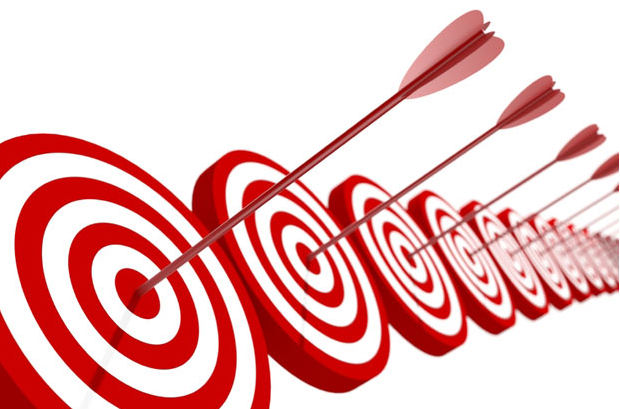
You’ve got a customer! What’s the best way to make sure that customer keeps coming back? Make them feel like they’re special and part of a conversation with your company instead of just a nameless face in your customer database.
Adding an automated email (personalized email if your database captures personalization information) that generates after an initial sign-up or purchase is a great retention tool. The email should come from a key figure in your company (CEO, President, Founder) or a personalized customer service agent. The email should not only thank the customer for the purchase but also ask them for feedback, educate them about your company and give them clear directions on how to contact customer service for any of their needs.
What to send to Active Customers
We all know that very few active customers will stay active customers forever. However, one way to extend the length of time during which they will stay active is to use email to give them both relevant information and incentives to continue purchasing.
A simple weekly email that includes a quote of the week or fun fact and that week’s special goes miles to keeping customers engaged. The recommendation is never using your weekly email only to promote specials. Content such as articles and factoids will drive opens and readership even when a customer isn’t in a purchasing cycle and therefore increases customers’ engagement time with your brand.
What to send to Long term Customers
Don’t let that database of inactive customers go to waste! Many of those clients will have brand loyalty and existing reasons to return to purchasing from you.
I suggest emailing your long term lapsed list once a quarter. Unfortunately, you’ll need to pull out the big offers again. These are customers who, for whatever reason, went away. You’re trying to convince them to come back. What’s the benefit? They’ll likely be less resistant than completely cold leads.
Need other advice to do email marketing effectively?
Send email in the right time
While many a quality email may be built during business hours, the ones with the best open rates aren’t being sent from 9 to 5. The top email strategy is to send at night.
In their quarterly email report for 2012’s fourth quarter, Experian Marketing Services found that the time of day that received the best open rate was 8:00 p.m. to midnight. This block not only performed better for open rate (a respectable 22 percent) but also for clickthrough and sales.
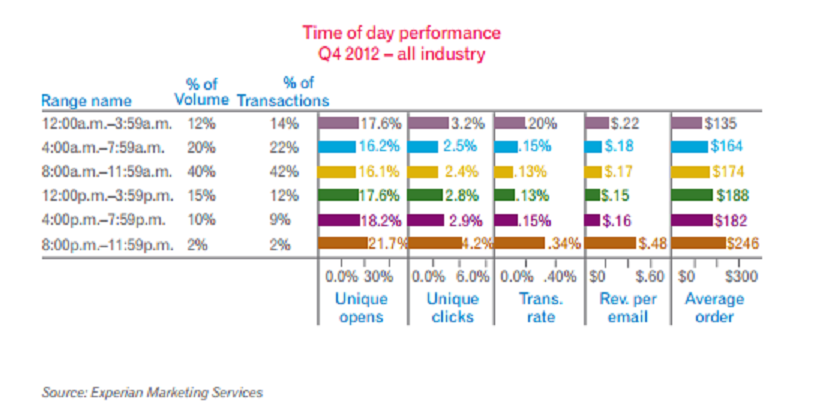
The 8:00 to midnight window is also the least used—a key factor in helping those late night emails outperform the rest.
Make the most of your email design
An email should have both text and images so that readers don’t find it boring. Fifty-five percent of consumers stated that they turn on the images in the emails that they receive, according to Clickz.com. So, to send an email with no images would be both a branding and conversion error. However, do not make advantages of it by using too many images or big size images because this may drive your emails to spam. And remember not all email service providers will display your email images. Therefore, a proportion of 3:7 or 4:6 between images and text in an email should be finest.
Be cautious of Spam Violation
A spam email contains unsolicited information such as advertisements, special offers, unknown attachments and many times embedded links to unknown websites. So it’s possible that your emails sometimes be assessed as spam by receivers or email suppliers and never be read.
To avoid this, first you must take it serious when making appropriate contents to each customer so that they can find something worth reading. Second, remember that Google will send your emails straight to the Spam box in customers’ emails if he sees you advertise yourself too much or embed in too many links. Last, let’s put an eye on the CAN-SPAM Act of 2003, which establishes the United States’ first national standards for the sending of commercial e-mail and requires the Federal Trade Commission (FTC) to enforce its provisions, in order not to be illegal and fined.
To conclude, email marketing is obviously such an excellent medium of online marketing that you need to use in combination with others like SEO, PPC, social, and blog. Remember to take steps carefully in your mix strategy and do with flexibility to get the best result. Hope you can find something in this article useful!
Do you know other tactics to do email marketing effectively? Share your thoughts in the comments!

